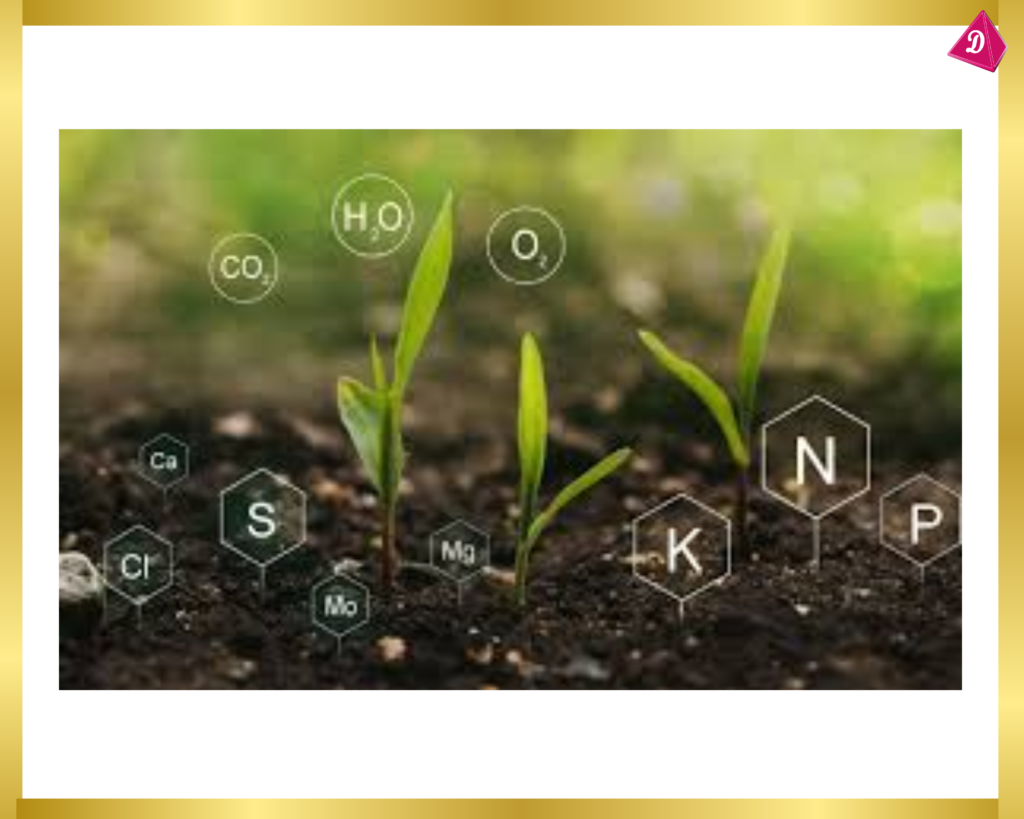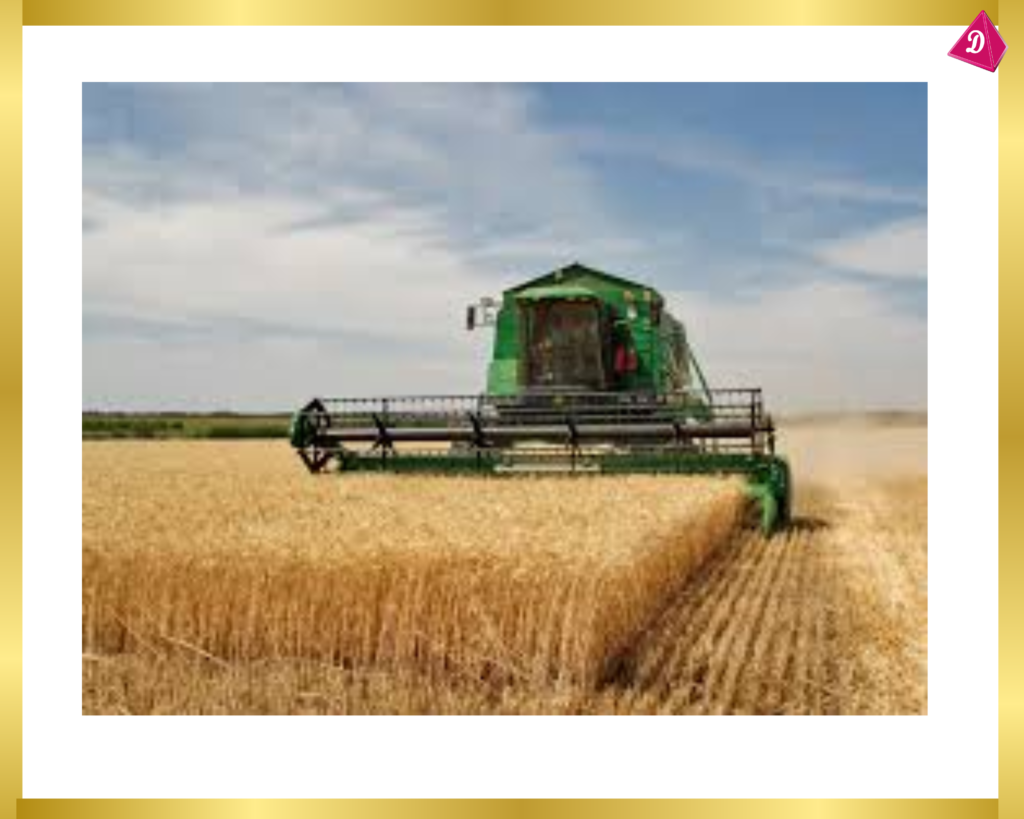Basic Practices Of Crop Production
key notes :-
Land Preparation:
- Clearing the land of weeds and debris.
- Plowing to turn and loosen the soil.
- Harrowing to break up clods and create a smooth seedbed.

Seed Selection:
- Choosing seeds of high quality and suitable varieties for the local climate and soil conditions.
- Ensuring seeds are free from diseases and pests.

Sowing:
- Methods include broadcasting, drilling, and transplanting depending on the crop type.
- Proper spacing and depth are crucial for optimal growth.

Water Management:
- Irrigation techniques such as flooding, sprinkler, or drip irrigation.
- Monitoring soil moisture to prevent under or overwatering.

Nutrient Management:
- Applying fertilizers to provide essential nutrients like nitrogen, phosphorus, and potassium.
- Organic methods like composting to improve soil fertility.

Weed Control:
- Manual weeding or using herbicides to prevent weeds from competing with crops for nutrients and sunlight.
- Integrated Pest Management (IPM) practices to minimize chemical use.

Crop Protection:
- Monitoring for pests and diseases.
- Using biological controls, pesticides, or fungicides when necessary, while ensuring safety and environmental sustainability.

Harvesting:
- Timing harvest to ensure maximum yield and quality.
- Proper techniques for different crops, such as cutting, picking, or uprooting.

Post-Harvest Handling:
- Cleaning, sorting, and grading harvested crops.
- Storage methods to maintain freshness and prevent spoilage.

Crop Rotation and Soil Conservation:
- Rotating crops to improve soil fertility and prevent disease buildup.
- Techniques like contour plowing and terracing to prevent soil erosion.

Let’s practice!

